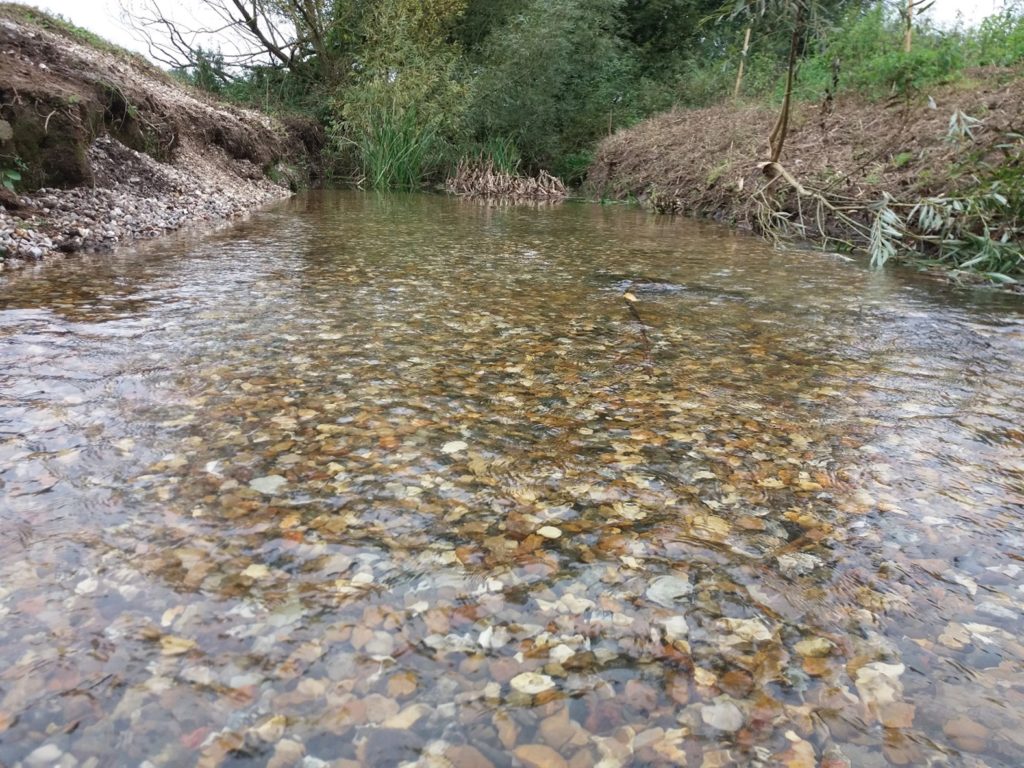The Water Environment Grant Funded Essex and Suffolk Stour Valley Ten Rivers Project is now complete and will bring multiple landscape scale benefits to the River Stour catchment and wildlife in the area.
A grant of £65,000 helped to implement a multi-faceted project that included planting thousands of trees, habitat creation, and improving water quality, all of which will bring about numerous Water Framework Directive outcomes.
Here are some statistics which highlight some of the achievements:
| Length of rivers improved for water quality | 30km |
| Length of new water dependant habitat created | 2.3km |
| In-channel river habitat features created | 42 |
| Length of watercourse addressed for non-native invasive species (Giant Hogweed and Himalayan Balsam) | 20km |
| Number of riverside trees planted | 5,000 |
| Area of trees planted | 7 hectares |
| Length of fencing installed | 1km |

Multiple Benefits for Wildlife
The ten rivers project will bring multiple benefits for various species of wildlife on the River Stour and its tributaries. The creation of gravel glides (pictured) will add hugely lacking habitat for spawning fish such as Dace, Chubb, and Brown Trout.
These fish species seek out fast flowing well oxygenated gravels in which to lay their eggs on. Woody debris inserted into river channels will help provide refuge for fish against predation and help to stimulate the formation of flow diversity which is so important for fish, invertebrates, aquatic flora and other wildlife.
The 5,000 trees, many of which have been planted very close to the river’s edge, will help provide much needed shade for the rivers to help keep them cool during the increasingly hot temperatures experienced during summer months that we are seeing because of climate change.
The large diversity of different tree and shrub species planted will also help to provide food for fish, birds and invertebrates in the spring and summer due to the increase in insect populations. Falling leaves in the autumn and winter also help to provide nutrients for river invertebrates, which in turn are food for fish, during a more frugal time of year.
Overall, the project has been a huge success and we look forward to seeing and enjoying the positive results in the years to come.

